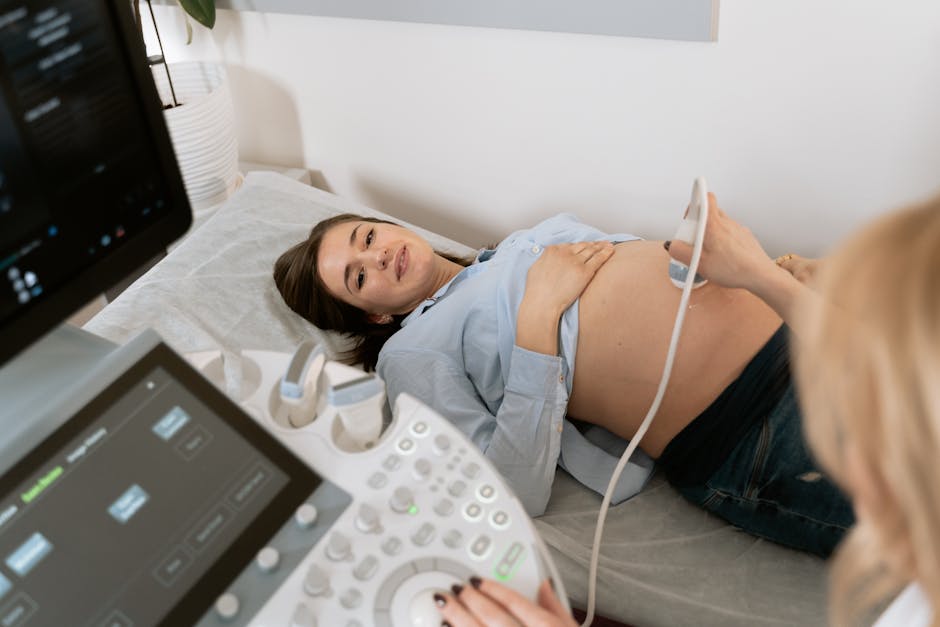Importance of patient health monitoring
Patient health monitoring plays a crucial role in detecting diseases at an early stage. By continuously monitoring a patient’s health, healthcare providers can identify potential health issues early on. This allows for timely intervention and treatment, ultimately leading to better health outcomes. Monitoring can help track changes in vital signs, detect abnormalities, and provide valuable insights into a patient’s overall well-being. Regular monitoring can lead to the early detection of diseases, such as diabetes or heart conditions, enabling prompt medical attention and better management of the patient’s health.
Early disease detection advantages
Early detection of diseases is crucial for early treatment and better outcomes. Continuous patient health monitoring can help in the timely identification of health issues, allowing for prompt medical intervention. This proactive approach can lead to improved patient health and potentially lower healthcare costs in the long run. By leveraging modern monitoring technologies, healthcare providers can track changes in a patient’s health status, identify emerging conditions, and intervene before they escalate. This can result in better management of chronic diseases, reduced hospitalizations, and ultimately, a higher quality of life for patients.
Types of continuous monitoring systems
Continuous monitoring systems come in various forms to cater to different health needs. Some common types include wearable devices, implantable sensors, and remote monitoring systems.
- Wearable devices are gadgets that can be worn on the body and collect data like heart rate, sleep patterns, activity levels, and more.
- Implantable sensors are tiny devices inserted under the skin to track specific health metrics continuously.
- Remote monitoring systems allow healthcare providers to keep an eye on a patient’s health status from a distance, often through the use of telemedicine technologies.
Each type of continuous monitoring system has its unique advantages and applications in detecting diseases early and managing patient health effectively.
Benefits of real-time health data
Real-time health data provides immediate insights into your health status, allowing for early detection of potential health issues. This continuous monitoring offers a proactive approach to your well-being by detecting any abnormalities promptly. It enables timely interventions and personalized healthcare strategies catered to your specific needs based on the real-time data obtained.
Role in preventative healthcare
Continuous patient health monitoring plays a vital role in preventive healthcare by allowing early detection of potential health issues. Through regular monitoring, healthcare providers can identify any deviations from normal health patterns and intervene before a condition worsens. Timely interventions can lead to better health outcomes and potentially prevent the onset of serious diseases. Additionally, continuous monitoring provides a proactive approach to managing health, focusing on prevention rather than just treatment. This approach empowers individuals to take charge of their well-being and make informed decisions to maintain good health.
Effectiveness in detecting underlying conditions
Continuous patient health monitoring is highly effective in detecting underlying conditions early on. This proactive approach allows for the timely identification of potential health issues, enabling healthcare providers to intervene sooner and provide appropriate treatment. By monitoring key health indicators regularly, healthcare professionals can track changes in a patient’s health status and detect any abnormalities promptly. This early detection can lead to better health outcomes and improved quality of life for patients.
Remote monitoring capabilities
Remote monitoring capabilities allow healthcare providers to track their patient’s health data remotely, enabling early detection of potential health issues. This technology enables continuous monitoring of vital signs, symptoms, and other health indicators without the need for in-person visits. With remote monitoring, providers can intervene promptly, potentially preventing the progression of diseases and improving patient outcomes.
Implementation in healthcare settings
Continuous patient health monitoring is gradually finding its place in healthcare settings as a crucial tool for detecting diseases early on. This method allows healthcare providers to track patients’ health status regularly, enabling them to identify potential health issues before they escalate. By consistently monitoring vital signs and other health indicators, healthcare professionals can intervene swiftly and provide timely treatment, leading to better patient outcomes. In healthcare settings, the implementation of continuous patient health monitoring aims to revolutionize disease detection by offering a proactive approach to healthcare management.
Challenges and solutions
Sometimes, challenges can arise when implementing continuous health monitoring for early disease detection. One challenge is ensuring the accuracy and reliability of the collected data. To address this, utilizing advanced technologies like artificial intelligence can help in analyzing the data efficiently. Another challenge is maintaining patient privacy and data security. Implementing robust encryption methods and strict access controls can help safeguard patient information. Lastly, integrating the monitoring systems seamlessly into existing healthcare workflows can be a hurdle. Developing user-friendly interfaces and providing proper training to healthcare professionals can facilitate smooth integration.
Future of patient health monitoring technologies
Patient health monitoring technologies are advancing rapidly, paving the way for early detection of diseases. These technologies allow continuous monitoring of vital signs, such as heart rate and blood pressure, providing real-time data to healthcare providers. By utilizing these innovations, healthcare professionals can identify health issues at their onset, leading to timely intervention and improved patient outcomes. Embracing these advancements in monitoring technology holds the promise of revolutionizing healthcare by shifting towards proactive and personalized patient care.





